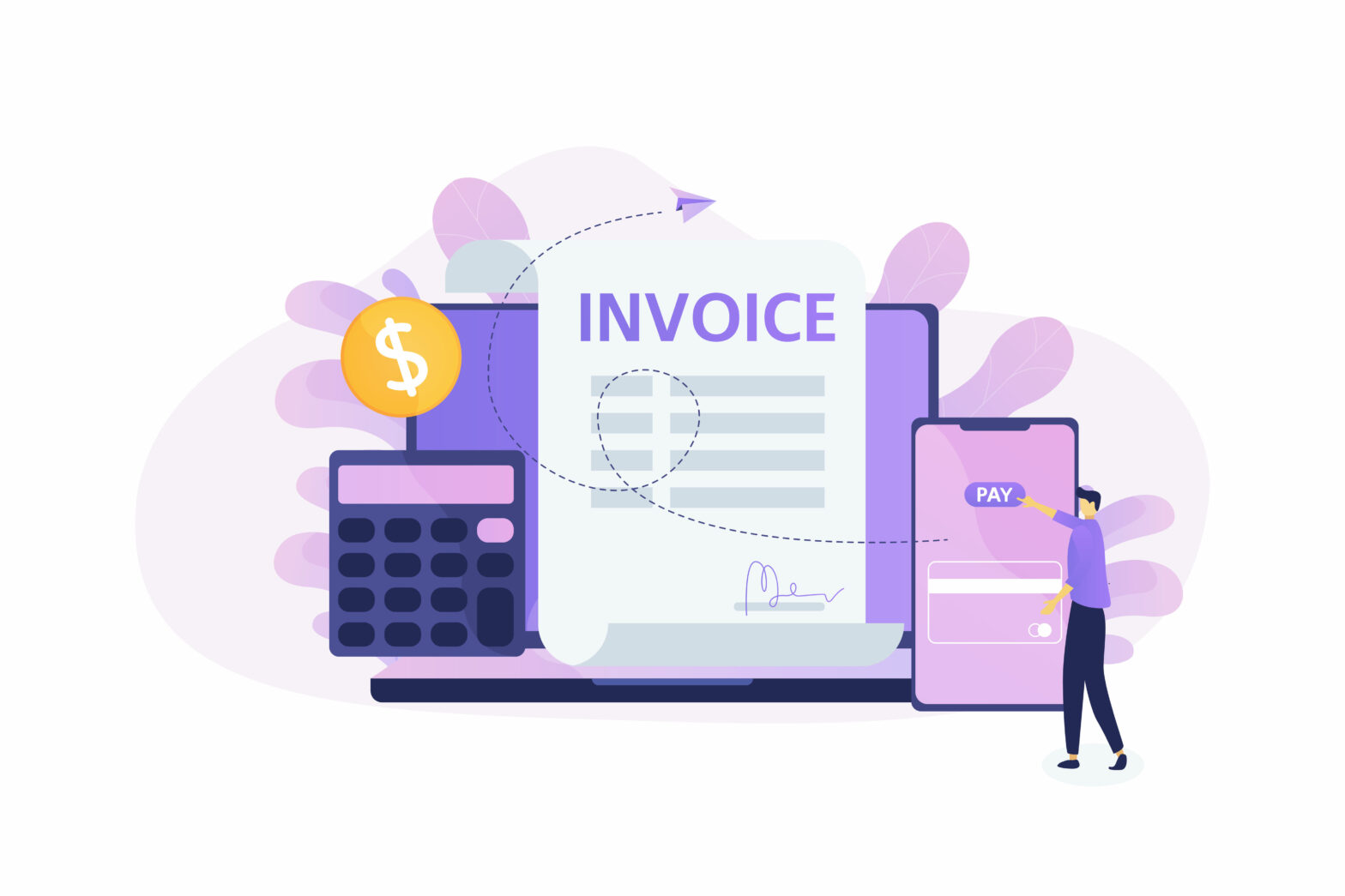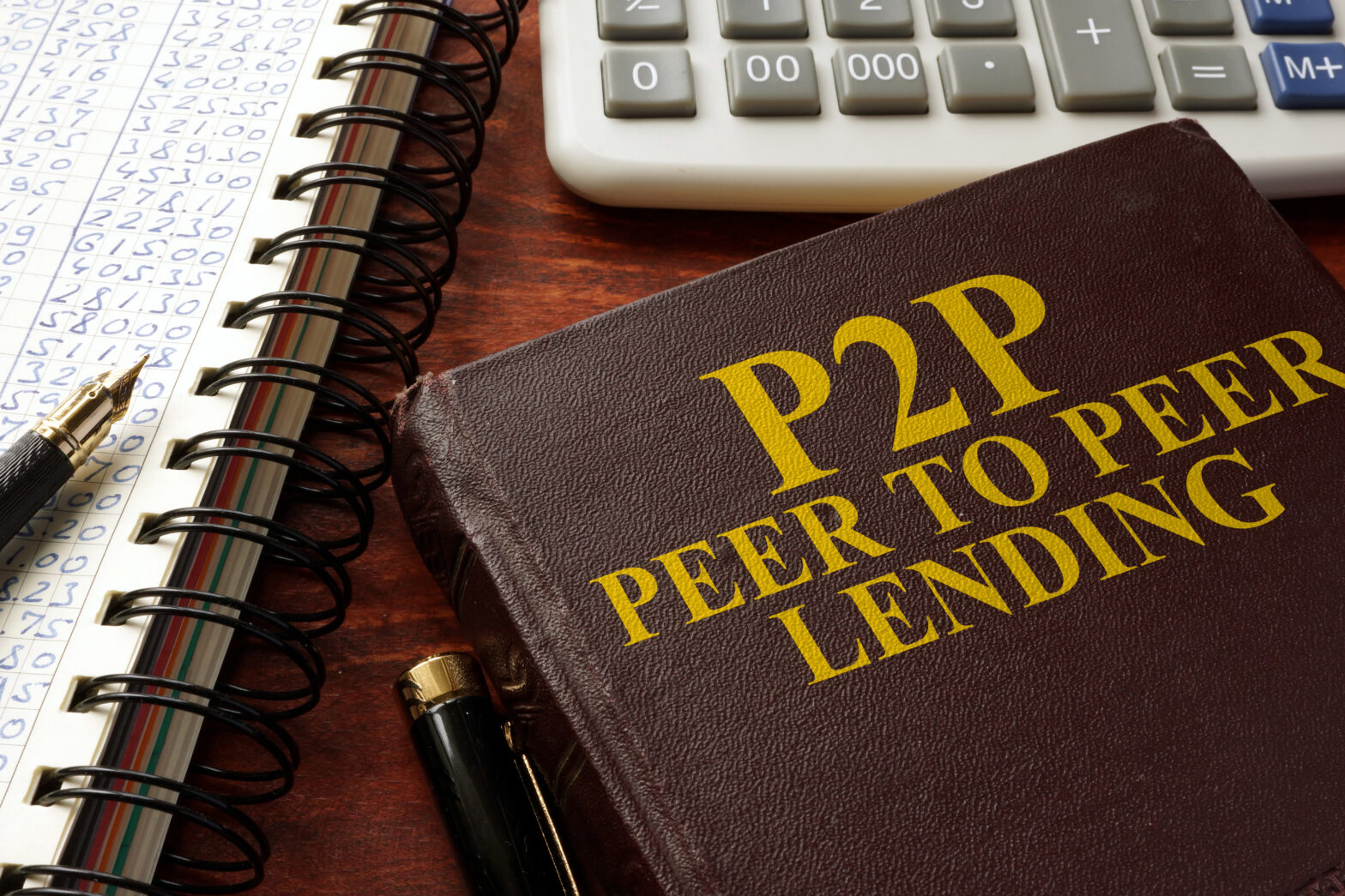Here, we speak to John Nussey and his wife Avril O’Neill about their experience of the equity crowdfunding platform Seedrs, which they used to raise money for their innovative doorbell solution Ding.
What were you doing before this?
Both myself and John have ten years of experience in the design and technology industries. We had been running our own design consultancy for a couple of years, when we had the idea for Ding.
Our own doorbell broke at home, when we looked for a replacement, we couldn’t find anything except for grey plastic boxes that played horrible tones or overly technical solutions that were complicated and didn’t suit the home they were attached to, that’s when we realised the massive gap in the market.
Why Seedrs?
Due to our success on Kickstarter we already knew we wanted to do crowdfunding, as it not only brings in the finance we need but builds advocates and expands our community. The two main options for us were Crowdcube and Seedrs, we chose Seedrs as the type of campaigns they run were more relevant to Ding and they are listed as a single shareholder rather than each individual investor being listed.
The primary purpose of funds is to enable us to deliver the John Lewis order and scale up for further retail demand. More specifically, it will allow us to grow our team and bring in more top talent to support our growth.
As with all fundraising and with the first round, it’s been a challenge but we’ve had an amazing response from the Seedrs community, people have been really engaged and given us some amazing feedback to inform how we move forward with the company.
Talk about the application process from start to finish
After researching which crowdfunding platform we wanted to go with, we met with Seedrs to discuss our campaign. Following the meeting, we took a few weeks to work on the details of our campaign, such as timing, target raise, marketing plan etc, as well as reviewing our business plan and valuation.
Once we had our strategy in place we were able to put the relevant materials together, the most time consuming and important asset being the video, which can have a big effect on the success of a crowdfunding campaign.
When we felt we were ready, we launched privately for a week to allow our existing investor group to invest and feedback on how we could improve upon the campaign. A week later we launched publicly and started our PR, email, content, events and outreach marketing campaigns.
We saw a great initial uptake on our campaign, achieving a large part of our target within the first couple of weeks. Thereafter, it was a more steady build, which involved more detailed conversations with investors to help reach our fund goal.
We have now reached our funding goal and intend to overfund until the end of July, or to a maximum of £350,000. Once we close the campaign, we will complete the final due diligence with Seedrs before receiving the funds and getting down to building on the success of our business.
What did you spend the money on?
We have reached our target but are currently keeping the invitation open for overfunding, so there is still time if you would like to get involved! We’re anticipating future rounds but overfunding at this stage only strengthens our position.
What advice would you have for other companies raising money on Seedrs?
Taking the time to get the campaign strategy right is the most important part for companies to successfully raise through crowdfunding.
There are obviously many parts that go into creating the right strategy. Ultimately though, if the company has the right ingredients to grow a successful business, it should be more a matter of articulating your story, rather than having to create it from scratch.
It’s easy to be overly optimistic when valuing your company for a crowdfunding campaign. However, if you don’t get the balance right between offering good value to investors, whilst retaining a healthy amount of equity, you run the risk of creating a great deal of friction in your campaign, which could result in making it very difficult to raise the money you need.
Lastly, and quite possibly the most important bit of advice I could give, is to ensure you have a large part of the funds you need already committed before launching your campaign.
Crowdfunding communities want to see confidence in a company. Securing over 30-50 per cent of your funding goal before going public, assures investors that there is belief in your business. It also ensures you start with positive momentum, which is vital in moving towards your funding goal.





